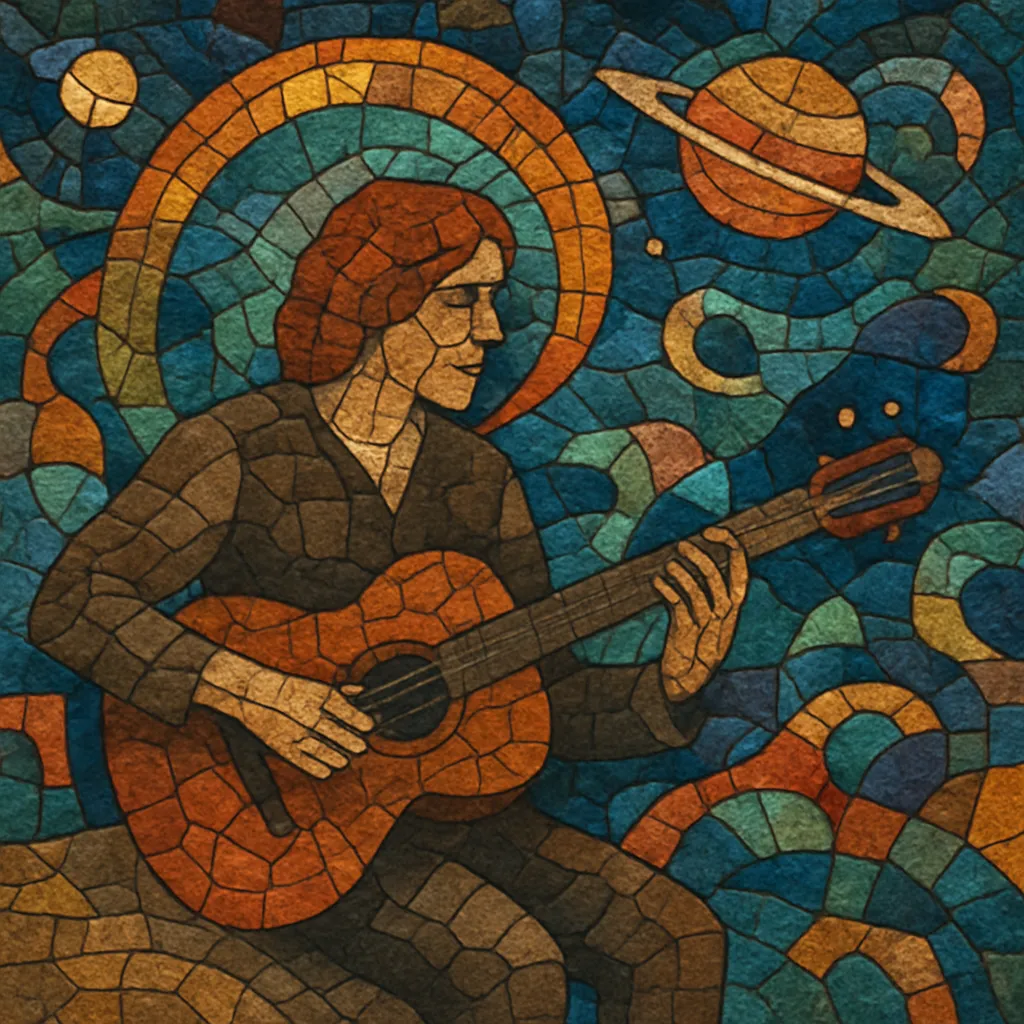
Crossover prog is a branch of progressive rock that intentionally blends complex musicianship and conceptual ambition with the immediacy of mainstream rock and pop. It favors song-oriented structures, memorable hooks, and polished production while retaining hallmarks of prog such as textural layering, occasional odd meters, and thematic cohesion.
Compared to classic 1970s prog, crossover prog typically uses shorter forms, prominent vocal melodies, and radio-friendly arrangements. Synthesizers, electric pianos, strings, and stacked vocal harmonies are common, as are dynamic contrasts and tasteful instrumental breaks that serve the song rather than dominate it.
As the 1970s progressed, established progressive rock acts began streamlining their sound in response to changing audiences, radio formats, and the rise of punk and new wave. Bands experimented with shorter forms, clearer hooks, and slicker production, while keeping enough harmonic color, arrangement depth, and rhythmic variety to preserve a progressive identity. This synthesis set the stage for what became known as crossover prog.
The early-to-mid 1980s saw a full flowering of the approach: tightly crafted songs with prog DNA were tailored for FM radio and, later, MTV. Lush keyboards, strong choruses, gated drums, and high-fidelity studio craft characterized the sound. Many artists found chart success without abandoning musicianship, creating a template where complexity was integrated into accessible frameworks rather than showcased in long-form suites.
While grunge and alternative dominated the early 1990s, a new wave of artists revived progressive ideas with contemporary rock and pop sonics. Improved digital production and a growing niche audience helped modern crossover prog acts blend atmospheric textures, subtle meter changes, and narrative songwriting into compact tracks and conceptually linked albums.
The style continues as a flexible meeting point for prog technique and mainstream sensibility. Artists leverage modern mixing, hybrid acoustic–electronic palettes, and cinematic dynamics. Streaming-era listeners, open to genre fluidity, have supported records that sit between alternative rock, art pop, and modern prog, reaffirming crossover prog as a gateway into progressive music for a broad audience.
Aim for song-driven structures that balance accessibility and sophistication. Keep tracks largely in the 3–6 minute range, with one or two pieces extending for a more expansive arc. Maintain strong vocal hooks while weaving in subtle rhythmic or harmonic twists.

